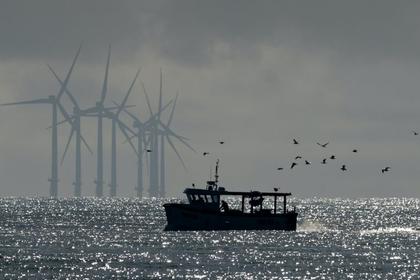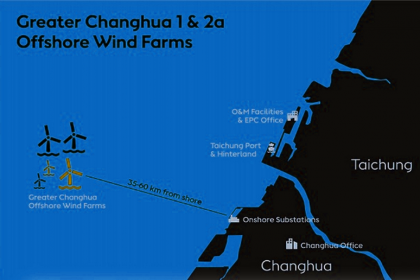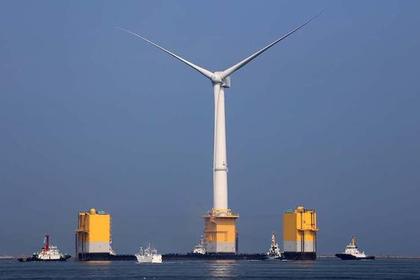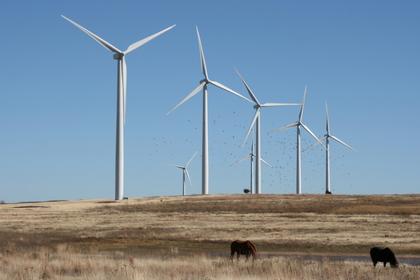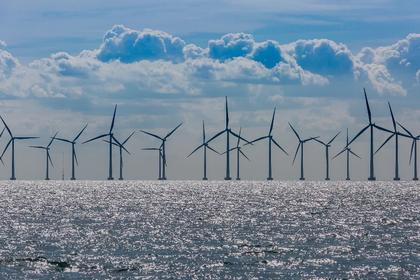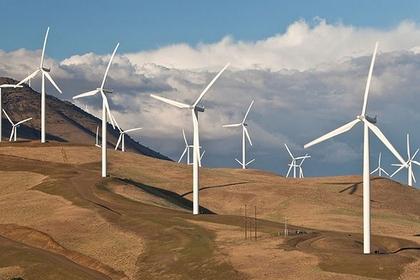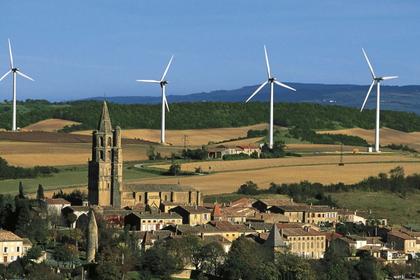
OFFSHORE WIND ENERGY REASONS
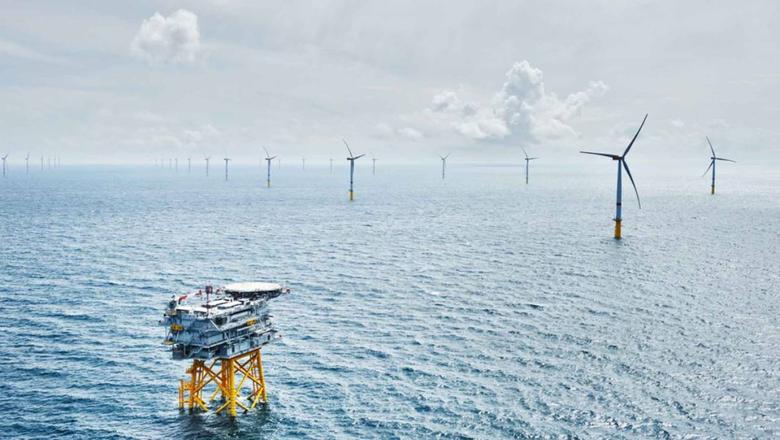
By Emily Newton Editor-In-Chief Revolutionized Magazine
ENERGYCENTRAL - Mar 23, 2021 - Renewable energy is the future, without question. Unfortunately, adoption is sluggish in certain cases, despite the rising need for cheap and clean energy worldwide. If there’s any hope to achieve the goals set forth in the Paris Agreement — a legally binding international climate change treaty — things need to accelerate soon.
There are many obstacles, but one major hurdle is the amount of land needed to develop and sustain renewable energy farms. Wind farms, in particular, require a lot of room and must be placed in an advantageous location — low wind levels mean less energy generated.
There is a solution to this problem, at least for wind farms, and it involves the ocean. Offshore wind farms can take advantage of major wind streams out in the ocean without taking up valuable real estate inland.
Why Is Wind the Future of Renewable Energy?
There are many more reasons why offshore wind energy is so lucrative and why it will be the key to reversing climate change.
1. It’s Free Real Estate
To build wind farms, a lot of acreage is needed, and that’s even before considering whether residents will agree to host structures that many refer to as unsightly. People just don’t like wind turbines.
Creating offshore farms provides an excellent source of wind energy because the ocean is open and accessible. It also keeps the structures away from communities and municipalities. The ocean is not being utilized this way on a grand scale, so the potential is limitless.
Land that would have otherwise been dedicated to onshore wind farms can instead be used for other means, whether for residential, commercial, or agricultural properties.
2. Wind Is Cheap
Most sources of renewable energy are cheap. After all, solar energy is affordable and accessible almost anywhere.
However, offshore wind and renewable energy are a mere fraction of the cost of onshore and traditional energy sources. Wind farms are also much cheaper to build compared to keeping a coal-burning plant running. Since bringing them online is cheaper, it means communities will see a return on their investment much sooner.
3. It Generates More Power
Trailing hydropower, the second-largest generator of renewable energy is wind. It has near-endless potential when you consider how large the ocean is and how much room there is to grow the industry.
Offshore turbines will generate more energy than onshore builds because they can be monumental in size and quantity. Bigger turbines mean more energy, lower prices, and unprecedented reliability.
4. It’s Something AI Can Manage
Once an offshore wind farm is built, like many renewable energy solutions, it will continue generating energy for some time, barring a natural event or malfunction. In most cases, those problems can be fixed quickly and don’t require human labor.
Offshore wind farms can be managed effectively with the help of machine learning and AI technologies. It’s already used to help monitor and manage power grids, with automation at the forefront. There’s no reason why it can’t do the same for wind farms.
5. It’s More Reliable
Even when an offshore wind farm generates power at suboptimal levels, it’s still bringing in equal to or more electricity than an onshore facility. The wind rarely dies down over the ocean, especially on the coast.
According to the International Energy Agency, if wind farms are built no farther than 37 miles offshore, they can generate 36,000 terawatt-hours of renewable electricity in a year. That’s far above the global demand for electricity, which is about 23,000 terawatt-hours per year.
With a single facility able to generate so much energy, it means less potential for failure, as well. If a turbine, or even an entire farm, goes down for some reason, additional facilities nearby generate more than enough electricity to pick up the slack. Compare that to the average coal plant, which creates havoc when there’s an outage or failure.
6. Wind Farms Don’t Require Much Wind
The ideal wind rate for a turbine to generate electricity is about 8 miles per hour, and it must be maintained for about 18 to 20 hours per day. Onshore, the locations where this happens can be limited. But that’s not the case out on the open ocean, especially when wind farms are built far enough from the coast.
7. Wind Has a Proven Record
Wind energy mechanisms have been around for a long time — as far back as 200 B.C. in China. Some of the first and simplest wind-powered water pumps were created at that time to harness the energy of flowing wind.
Beyond that, if you consider the wind energy that was used to propel boats, caught in rudimentary sails, then it’s been used for much longer. It’s a natural occurrence, and it’s been around forever. It’s not going away anytime soon.
The World Needs Clean Energy
Even the most staunch deniers are having a difficult time discrediting climate change these days. If the world, collectively, doesn’t get on track and start moving towards renewable energy at an accelerated rate, things will worsen. Worst of all, the damage will occur rapidly, which means the world could be looking at many simultaneous disasters and lingering problems.
Renewable energy is the future, and it’s the best answer to moving away from traditional fossil fuels and energy sources. Offshore wind is a major component of that and has the potential to transform the energy industry and revolutionize the world’s access to clean energy.
-----
This thought leadership article was originally shared with Energy Central's Clean Power Community Group. The communities are a place where professionals in the power industry can share, learn and connect in a collaborative environment. Join the Clean Power Community today and learn from others who work in the industry.
-----
Earlier:
